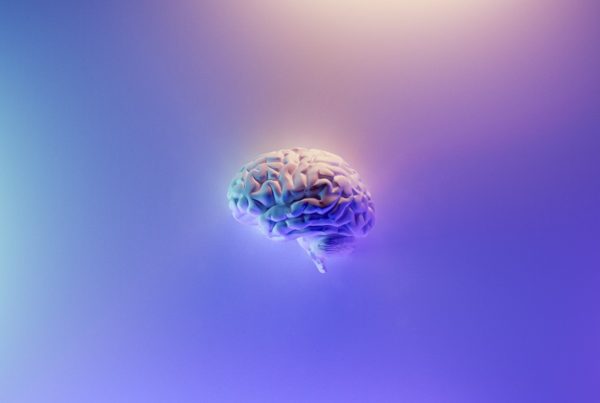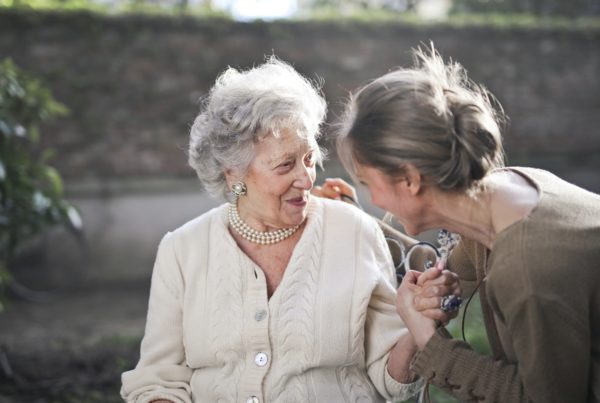Children develop at an astonishing rate and as such, it’s tricky to observe and correctly identify certain conditions such as autism. However an early diagnosis will help you to understand your child better, as well as making informed decisions when it comes to picking a school for instance.
Signs of autism spectrum disorder appear in infancy and early years childhood and can cause a delay in many fundamental and basis areas of development including playing, learning to talk and social interactions with other children and adults.
If you are concerned about your child’s behaviour or the way he or she interacts with other children, please make an appointment to see your GP.
Signs of autism in babies, toddlers and older children
It is incredibly hard to identify and diagnose autism in children under 2 years due to the difference in development which naturally occurs, however there are a few signs to look out for.
Your baby or toddler does not;
- Make eye contact. For example, he or she doesn’t look at you when feeding or smile when being smiled at
- Respond to his or her name
- Response to a familiar voice
- Point or wave goodbye – or use other gestures to communicate with adults
- Make noises to gain attention
- Follow your gesture when pointing to things
- Play with other people and share interest or enjoyment
- Notice or seem bothered if you hurt yourself or experience discomfort
Identifying autism in older children does become harder as the warning flags for autism become more diverse and individual to each child. There are a number of warning signs to be aware of including impaired social skills, speech and language differences and inflexible behaviour.
Social difficulties include the following characteristics
- Child prefers not to be touched, cuddled or held
- Child doesn’t know how to socially interact and play with other children or make friends
- Child doesn’t play or take part in “pretend” games, engage in group games or use toys in creative ways
- Child has trouble understanding and processing feelings or talking about them
- Child doesn’t appear to hear when other people or children are talking to him or her
Speech and language difficulties include
- Child responds to a question by repeating it, rather than answering it
- Child repeats the same words, phrases and sentences over and over often without any communicative intended
- Child has difficulties communicating needs, wants or desires
- Child struggles to understand simple questions, statements or direction
- Child refers to him or herself in the third person often and using language incorrectly, including grammatical errors, wrong words etc.
- Child takes what has been said too literally – misses any tones of humour, irony or sarcasm.
Non verbal communication difficulties
- Incorrect usage of facial expression – the expression does not match what has been said by the child
- Child avoids eye contact
- Child makes none or few gestures such as pointing, waving etc.
- Child may be sensitive to loud sounds – child may also be unresponsive when it comes to people entering a room or leaving a room as well as people trying to attract the child’s attention
Inflexible signs include
- Child follows a rigid routine and becomes distressed should routine not be adhered to such as walking a specific route on the way to school
- Child has an unusual attachment to toys or strange objects such as rubber bands, light switches, keys, phones etc. Child may also obsessively line up toys / objects and become distressed if the order or arrangement of these items is tampered with
- Child has difficulty adapting to any changes in routine, schedule or environment including new furniture, change of bedtime, different schools / social environments
- Child spends a long period of time watching moving objects, almost in a trance like state – such as a ceiling fan or clock
- Child can repeat the same actions multiple times, such as rocking, flapping hands, shaking, stamping feet or twirling. Some paediatricians and clinicians believe that this repetitive behaviour is soothing to children with autism and works to calm them rather than stimulate them.
Caring for a child with autism is slightly different to caring for a child without autism – a child with autism has more specialist needs and will need more one on one care time. It is important to spend time with the child and work out what are their triggers and what they use as a comfort, for example stroking their hair, singing a song etc.
The above symptoms are a guide and if you are concerned about your child, we recommend an appointment with a GP is booked to ensure your child is given the best possible care. The child will be assessed in a number of ways to see if they are classed as on the autistic spectrum.




